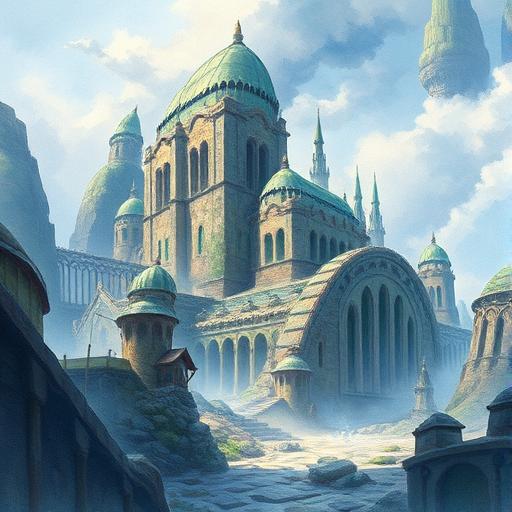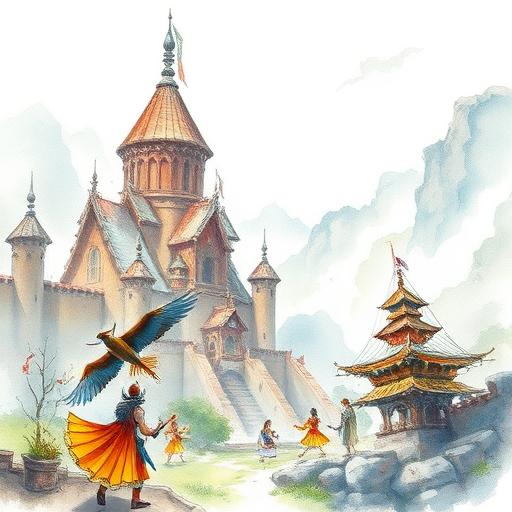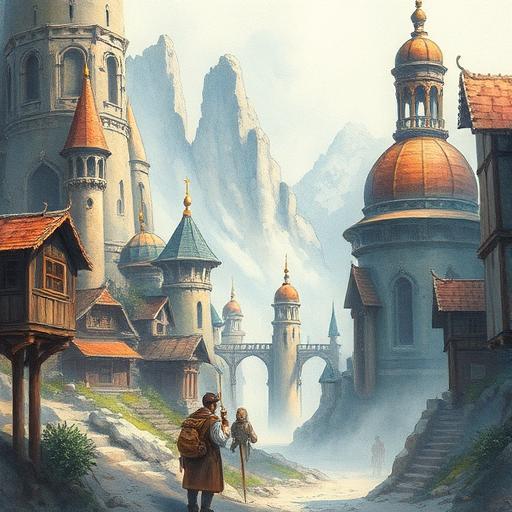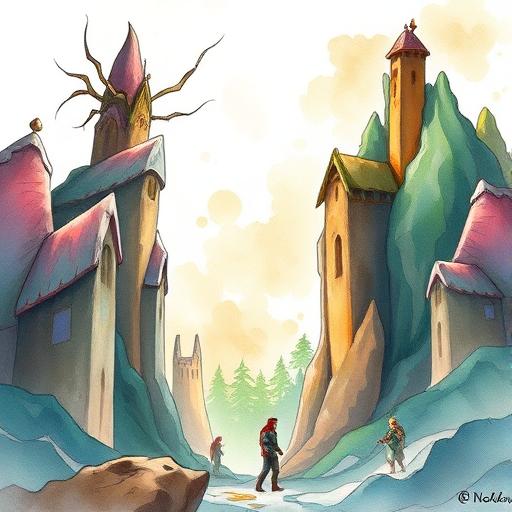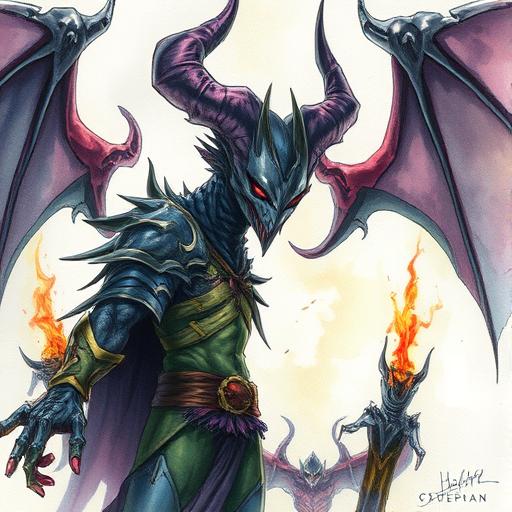Writing Diverse Fantasy Worlds with Real-World Inspirations and Research
Learn how to craft rich and immersive fantasy worlds by drawing inspiration from real-world cultures, histories, and mythologies, and discover the importance of research in creating believable and diverse societies. This article provides practical tips and examples for writers looking to add depth and authenticity to their fantasy worldbuilding.
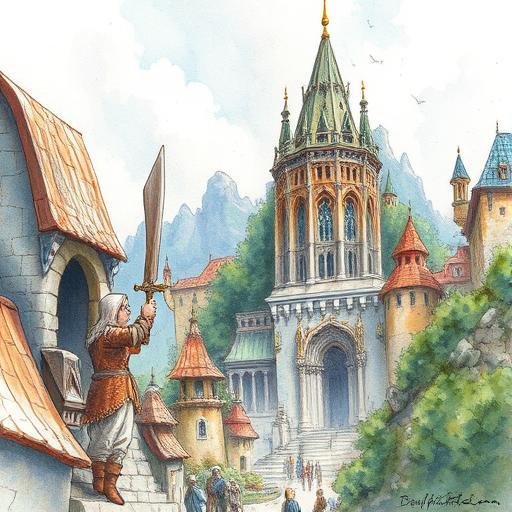
Introduction to Diverse Fantasy Worldbuilding
When it comes to building fantasy worlds, many writers draw inspiration from their favorite books, games, or movies. However, to create a truly unique and immersive world, it's essential to look beyond the usual tropes and clichés. One of the best ways to do this is by exploring real-world cultures, histories, and mythologies. By incorporating elements from these sources, you can add depth, richness, and diversity to your worldbuilding.
The Power of Real-World Inspirations
Real-world inspirations can come from a variety of sources, including:
- Historical events and cultural practices
- Mythologies and folklores from around the world
- Geographic and environmental features
- Social and political structures For example, the city of Venice was built on more than 100 small islands, which can inspire a unique urban planning and architecture in your fantasy world. You can read more about world and planet writing for different stories and how to incorporate these elements into your worldbuilding.
Blending Historical and Mythological Elements
One of the key challenges of using real-world inspirations is blending them in a way that feels authentic and consistent. This is where research comes in. By studying the historical and mythological context of the elements you want to incorporate, you can create a rich and immersive world that feels lived-in. For instance, you can draw inspiration from African mythologies, such as the Yoruba people's stories of the Orishas, to create a unique pantheon of gods and goddesses. Learn more about blending historical and mythological elements to create unique fantasy worlds.
The Importance of Sensory Details
When building a fantasy world, it's not just about creating a compelling history or mythology, but also about bringing the world to life through sensory details. This includes things like:
- The sounds and smells of different environments
- The taste and texture of local cuisine
- The feel of different fabrics and materials
- The sights and sounds of cultural ceremonies and festivals By incorporating these sensory details, you can create a world that feels vivid and immersive. Read more about exploring the role of sensory details in immersive worldbuilding techniques.
Building Believable Societies and Cultures
A believable society or culture is one that feels like it has its own internal logic and consistency. This means creating social and cultural norms, customs, and practices that make sense within the context of your world. Some things to consider when building a society or culture include:
| Aspect | Questions to Consider |
|---|---|
| Social Structure | What is the social hierarchy? How do people interact with each other? |
| Cultural Practices | What are the customs and traditions of the society? How do they celebrate holidays and events? |
| Economic System | How do people make a living? What is the economic structure of the society? |
| Learn more about building believable societies and cultures in fantasy and science fiction. |
The Role of Religion in Fantasy Worlds
Religion can play a significant role in shaping the culture and society of your fantasy world. It can influence everything from daily life to major events and ceremonies. When creating a religious system, consider things like:
- The pantheon of gods and goddesses
- The role of clergy and religious leaders
- The practices and rituals of the faithful You can also use allusions to religion to add depth and complexity to your worldbuilding.
Conclusion
Writing a diverse fantasy world with real-world inspirations and research requires a deep understanding of the cultures, histories, and mythologies that you're drawing from. By incorporating sensory details, building believable societies and cultures, and creating a compelling history and mythology, you can craft a world that feels rich, immersive, and authentic. Remember to always keep your worldbuilding consistent and logical, and don't be afraid to draw inspiration from a wide range of sources. With these tips and techniques, you'll be well on your way to creating a fantasy world that will transport your readers to new and exciting realms.
Comments
Comments are hidden to save bandwidth. Load them when you want to read or leave one.
